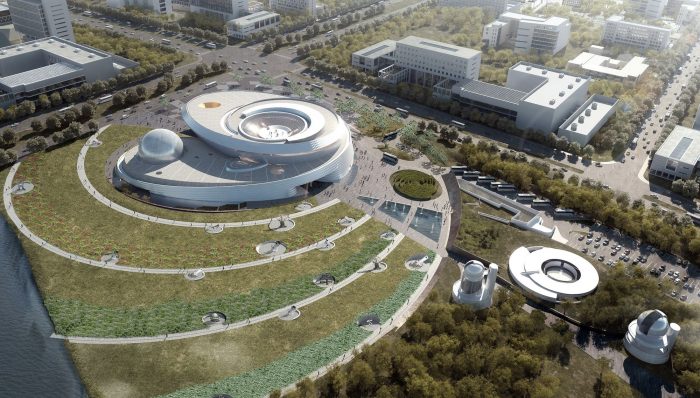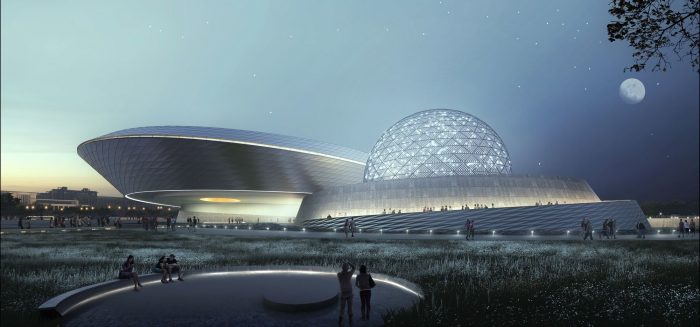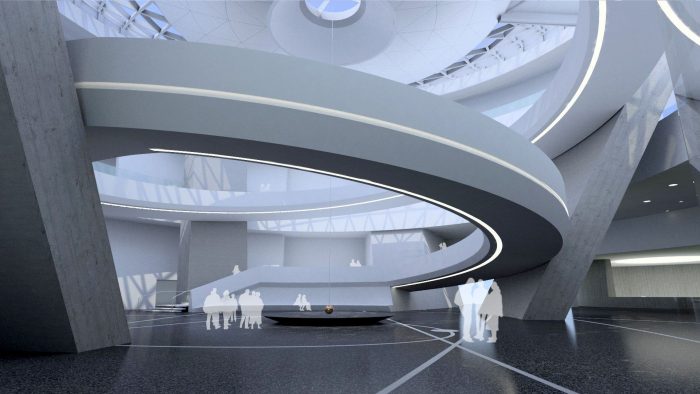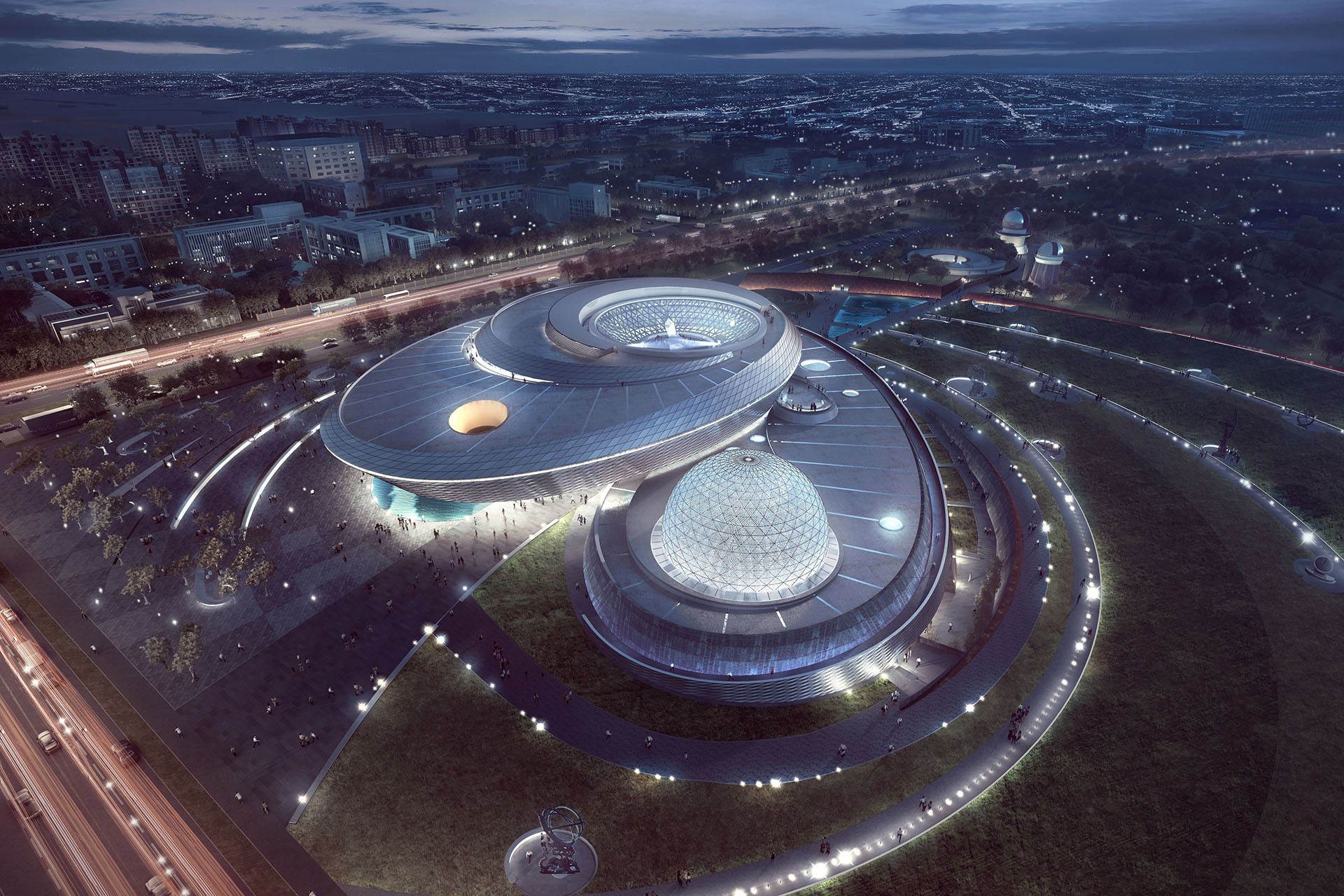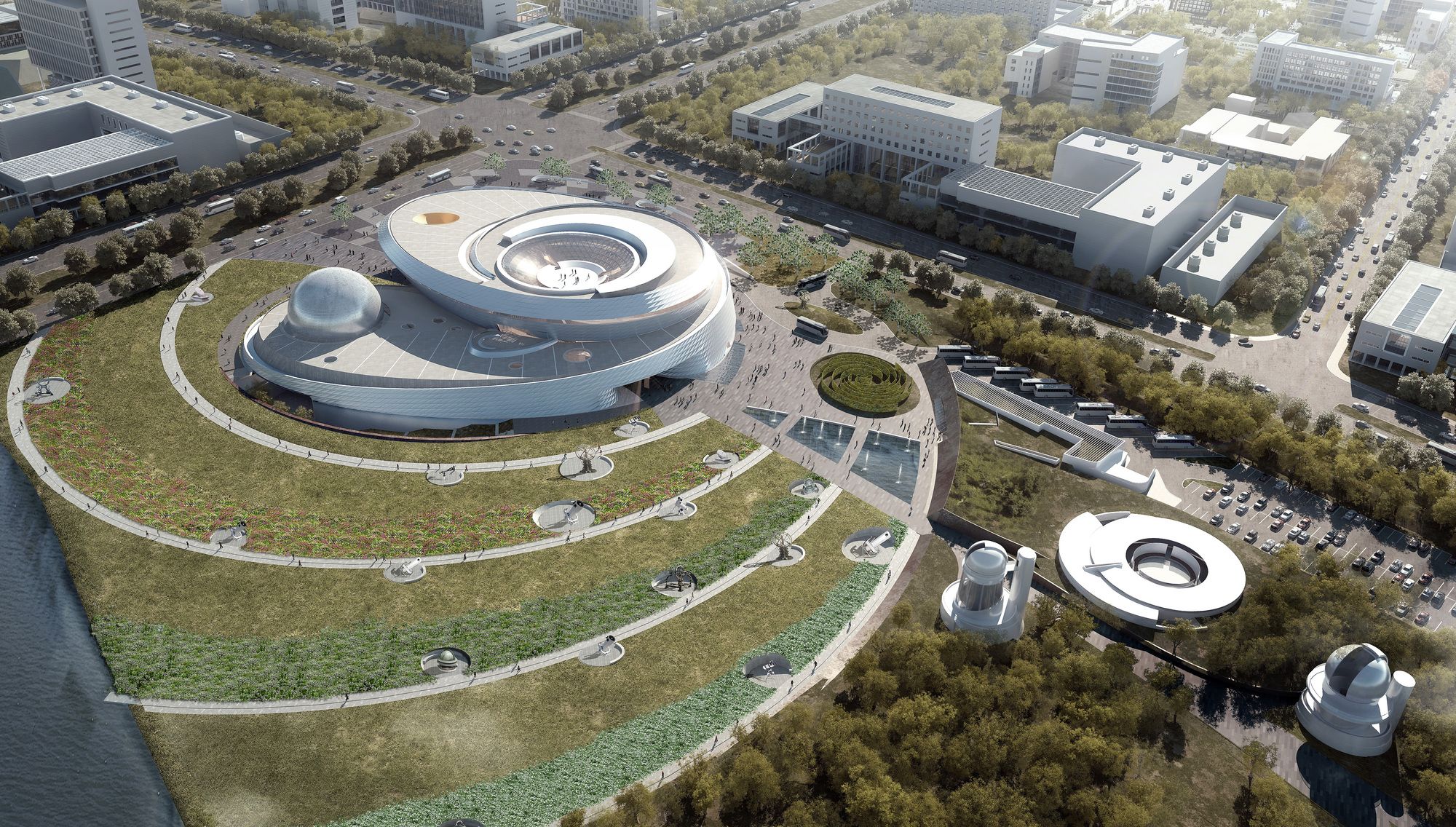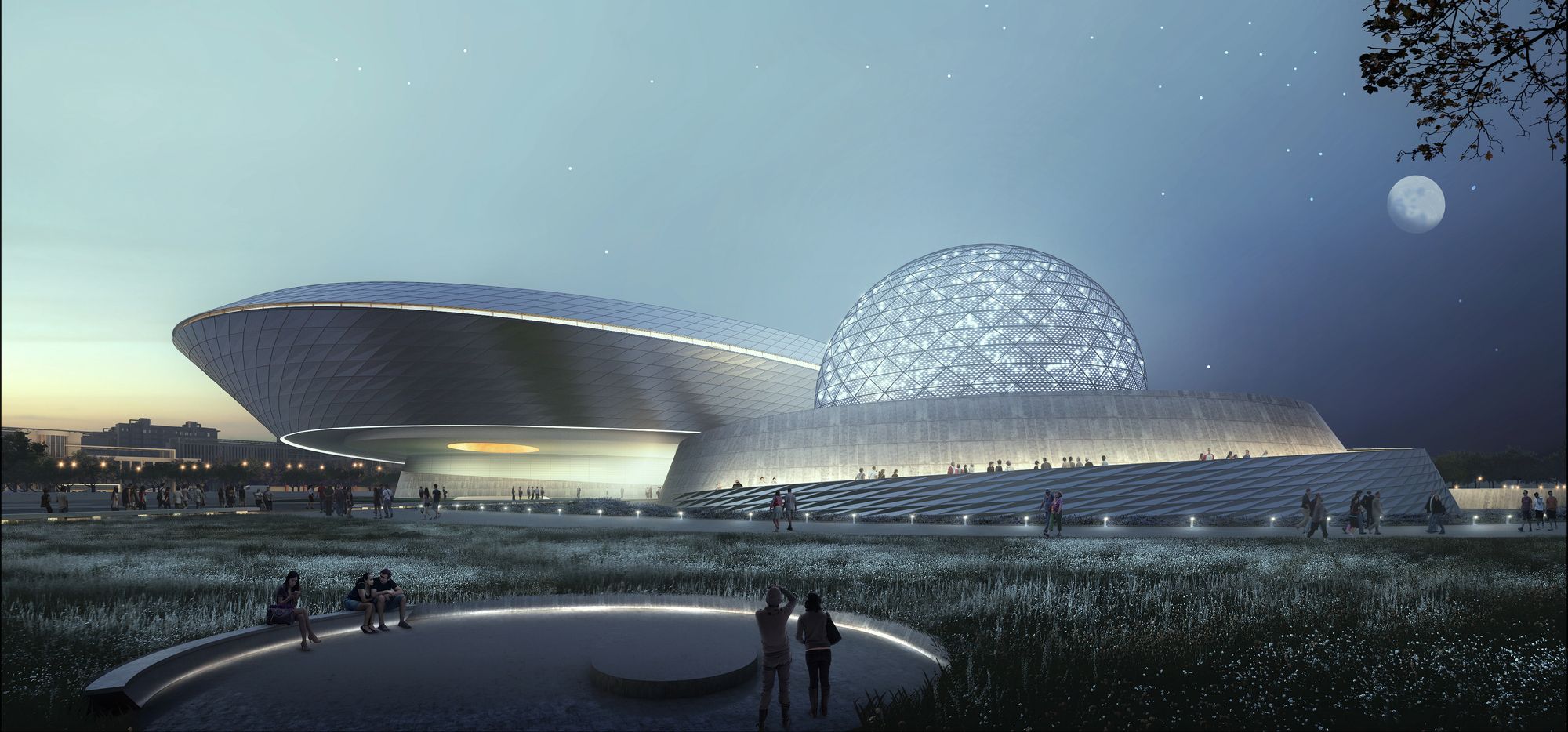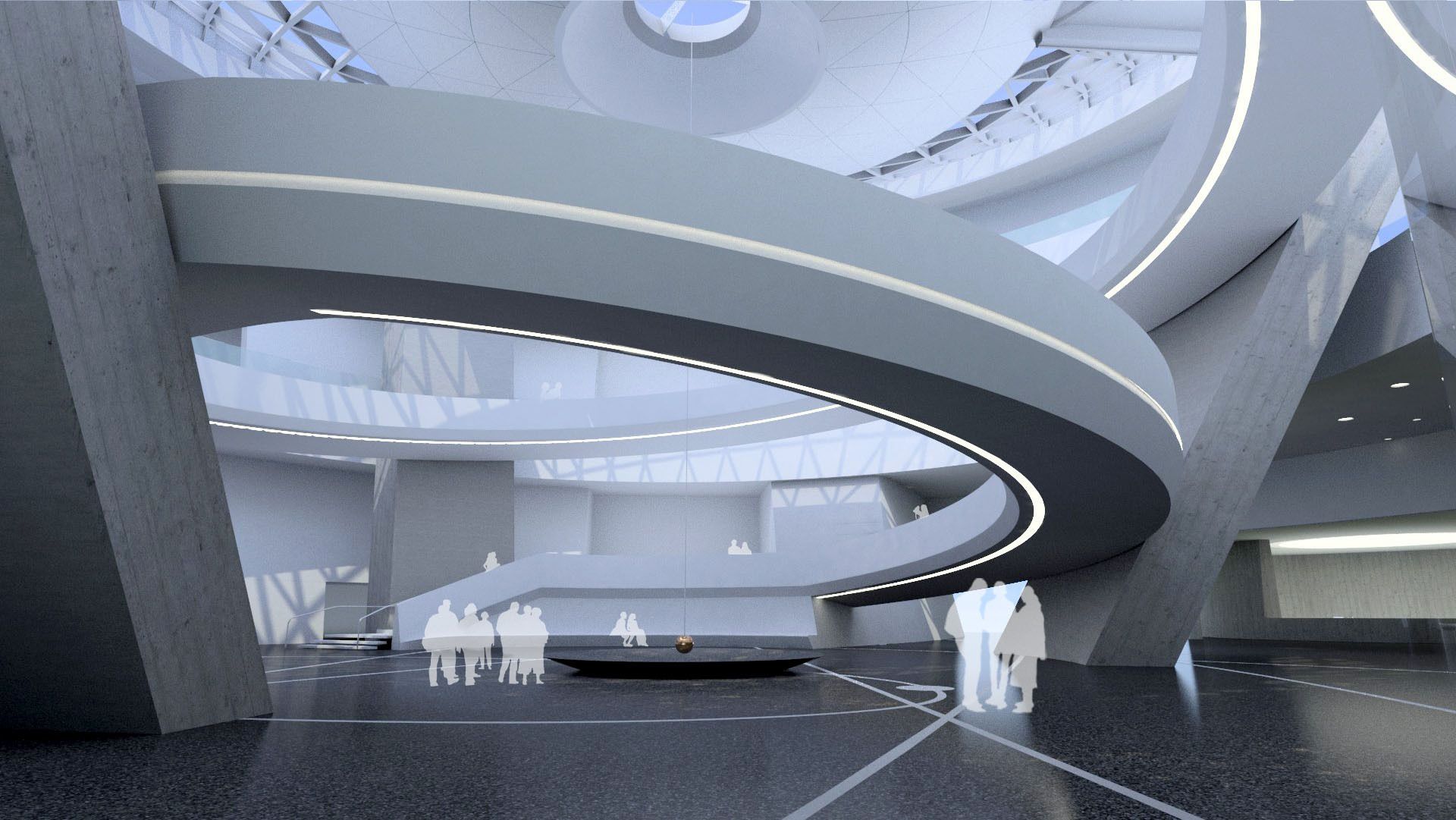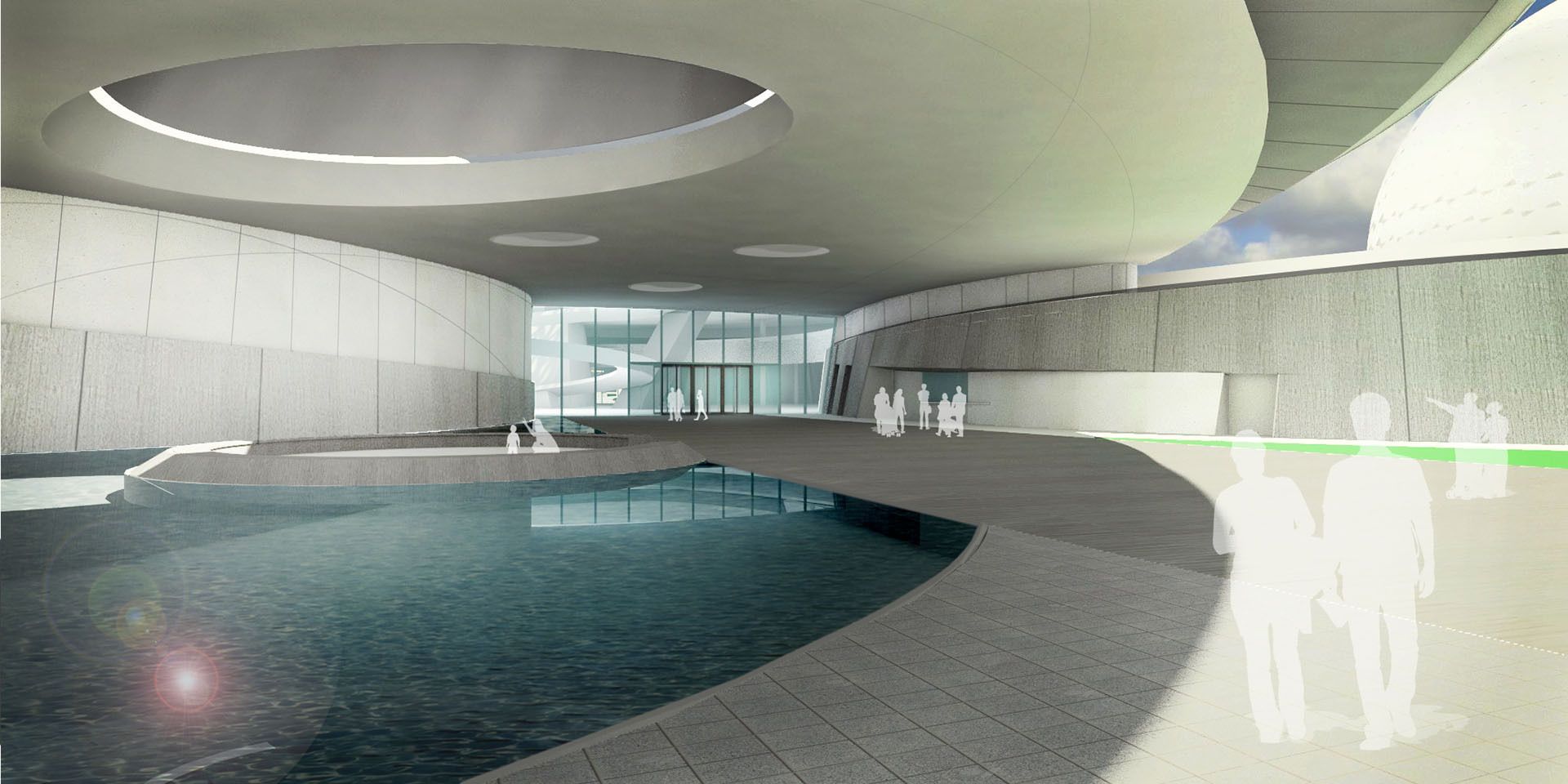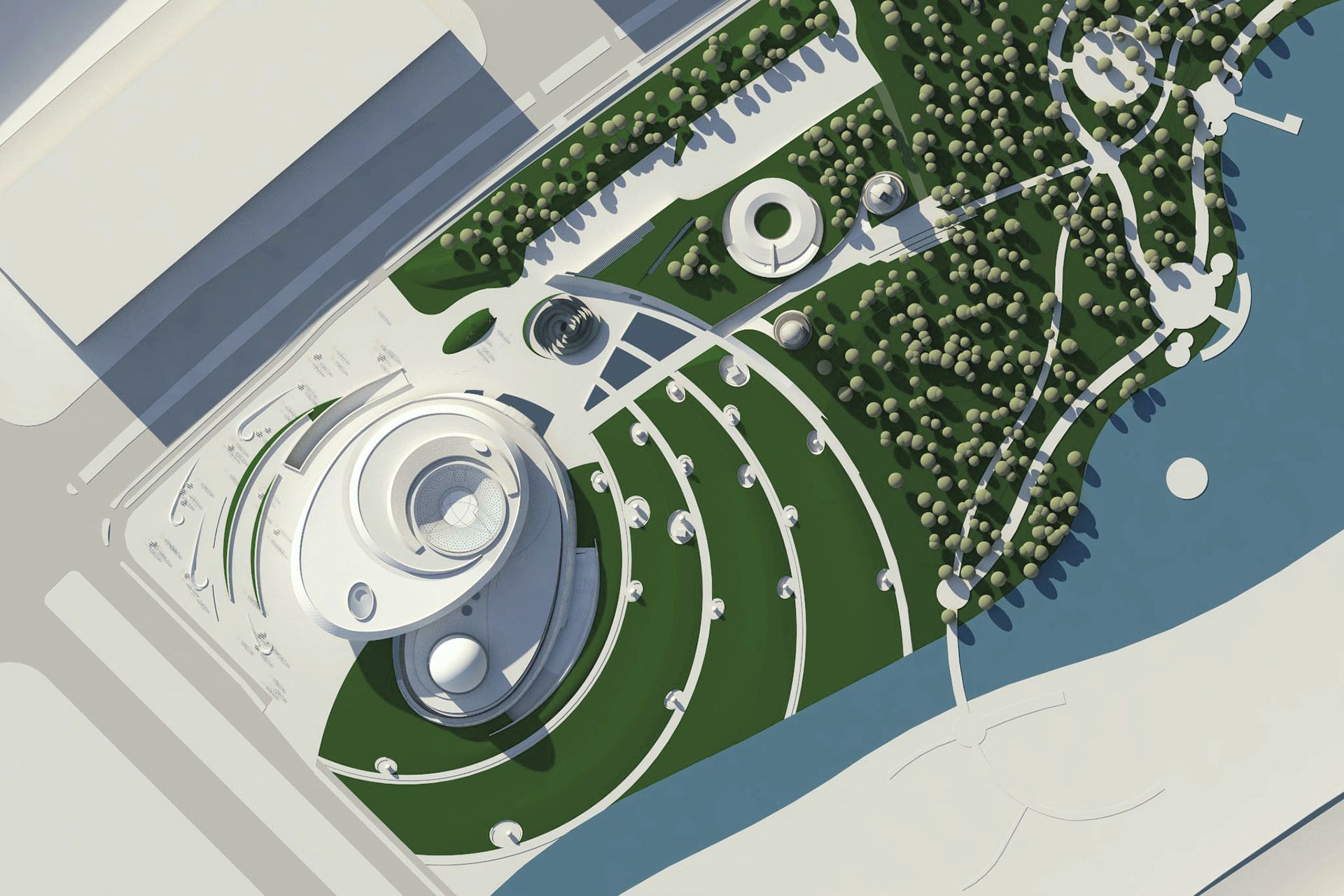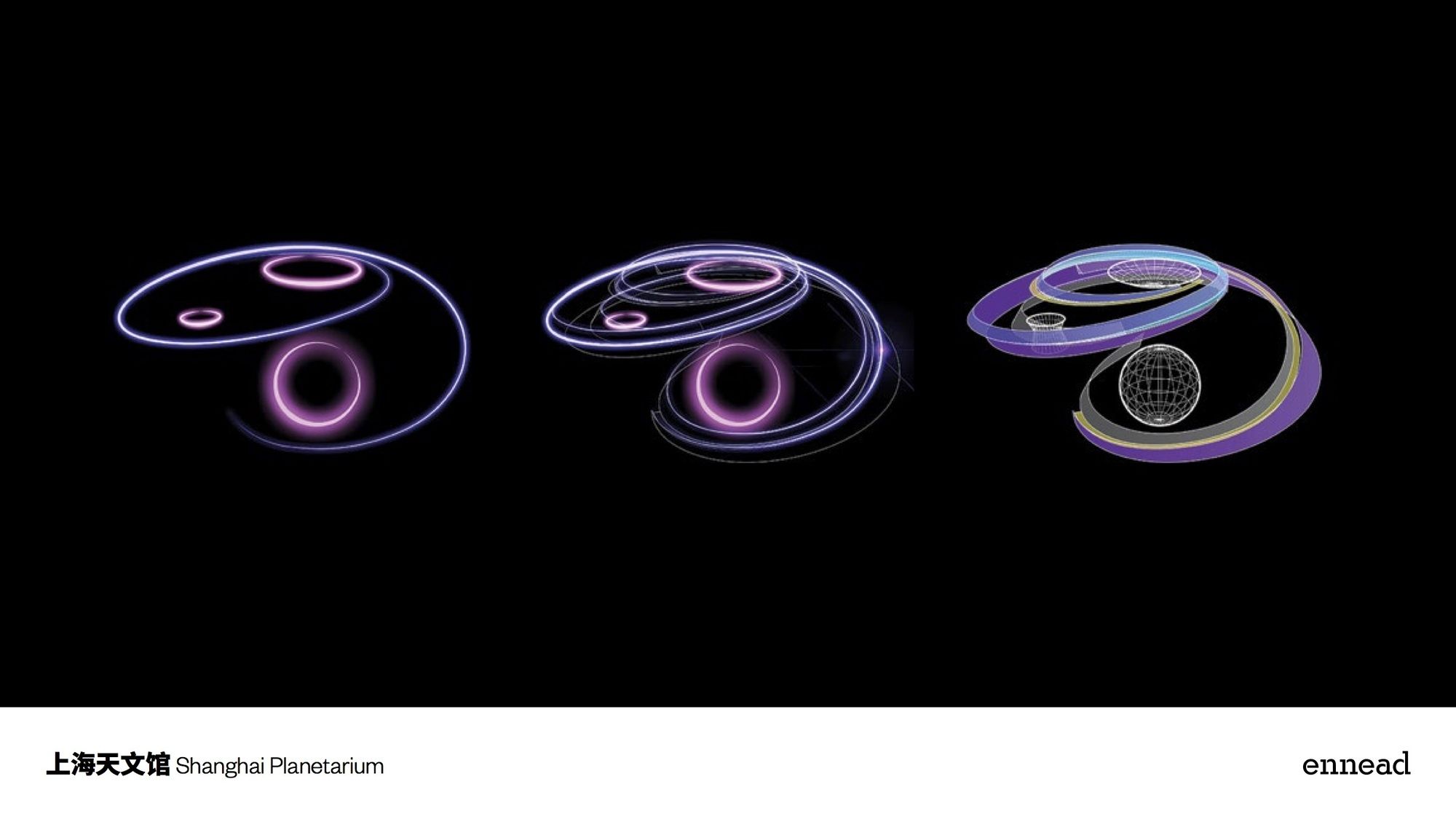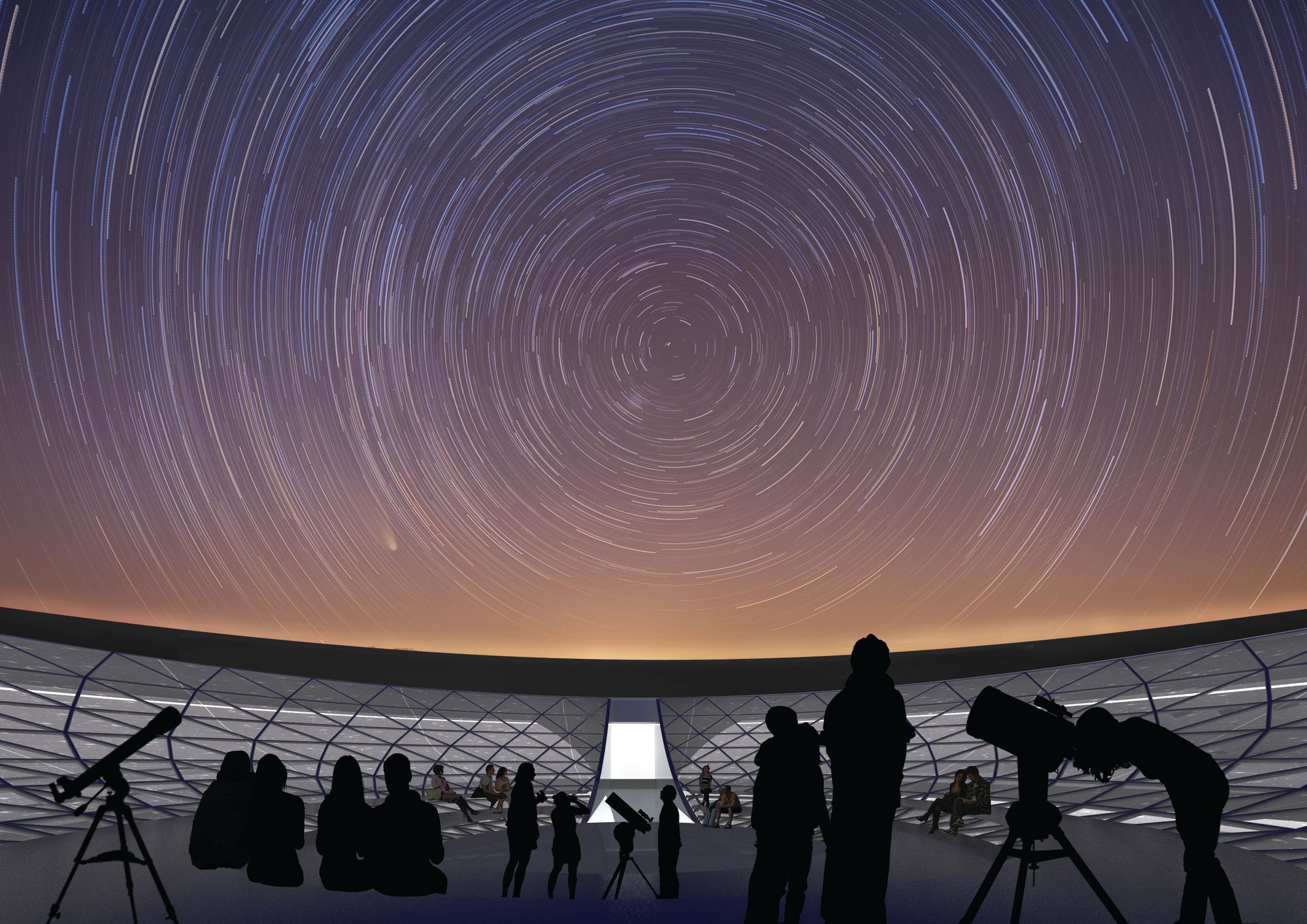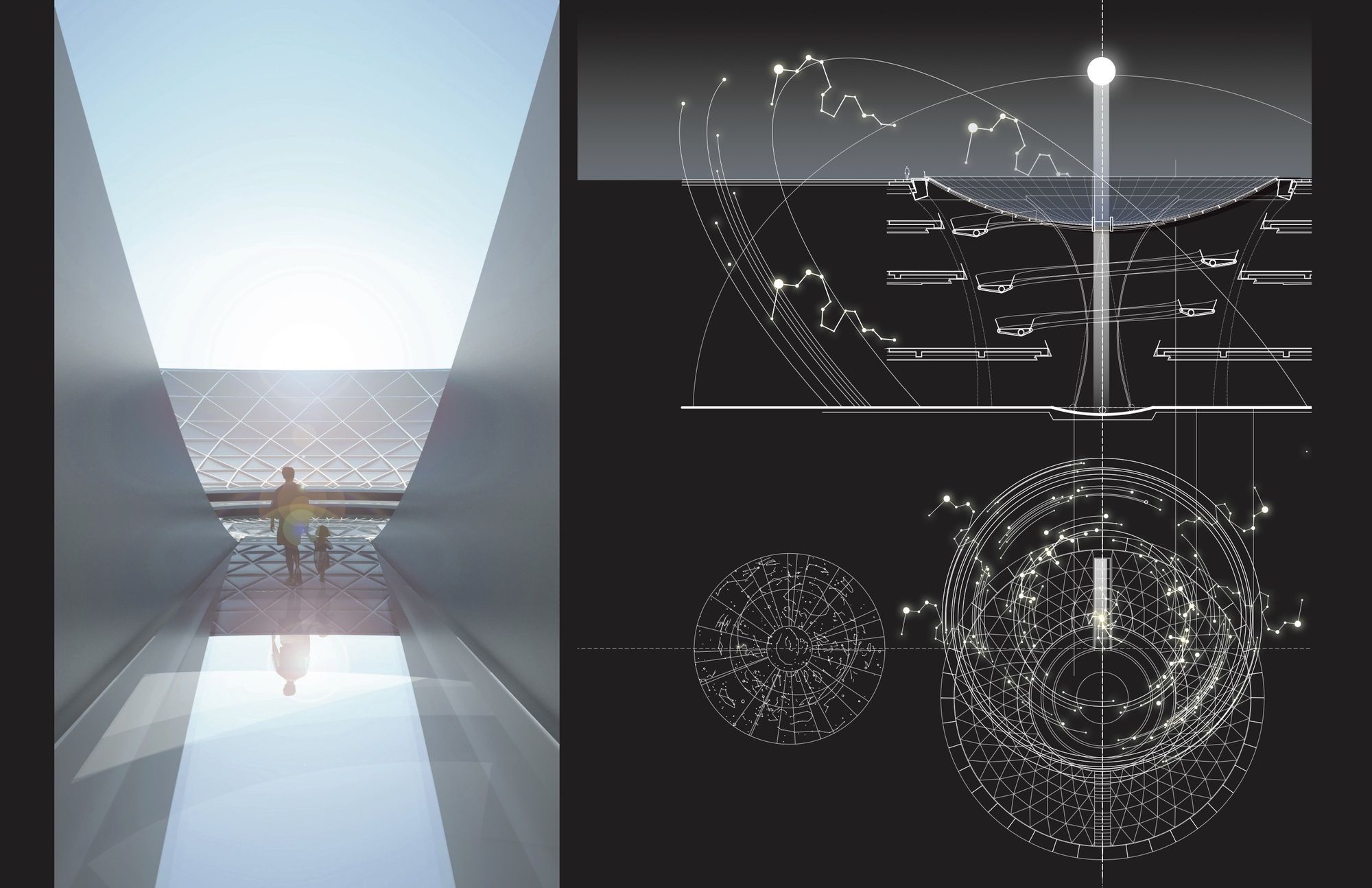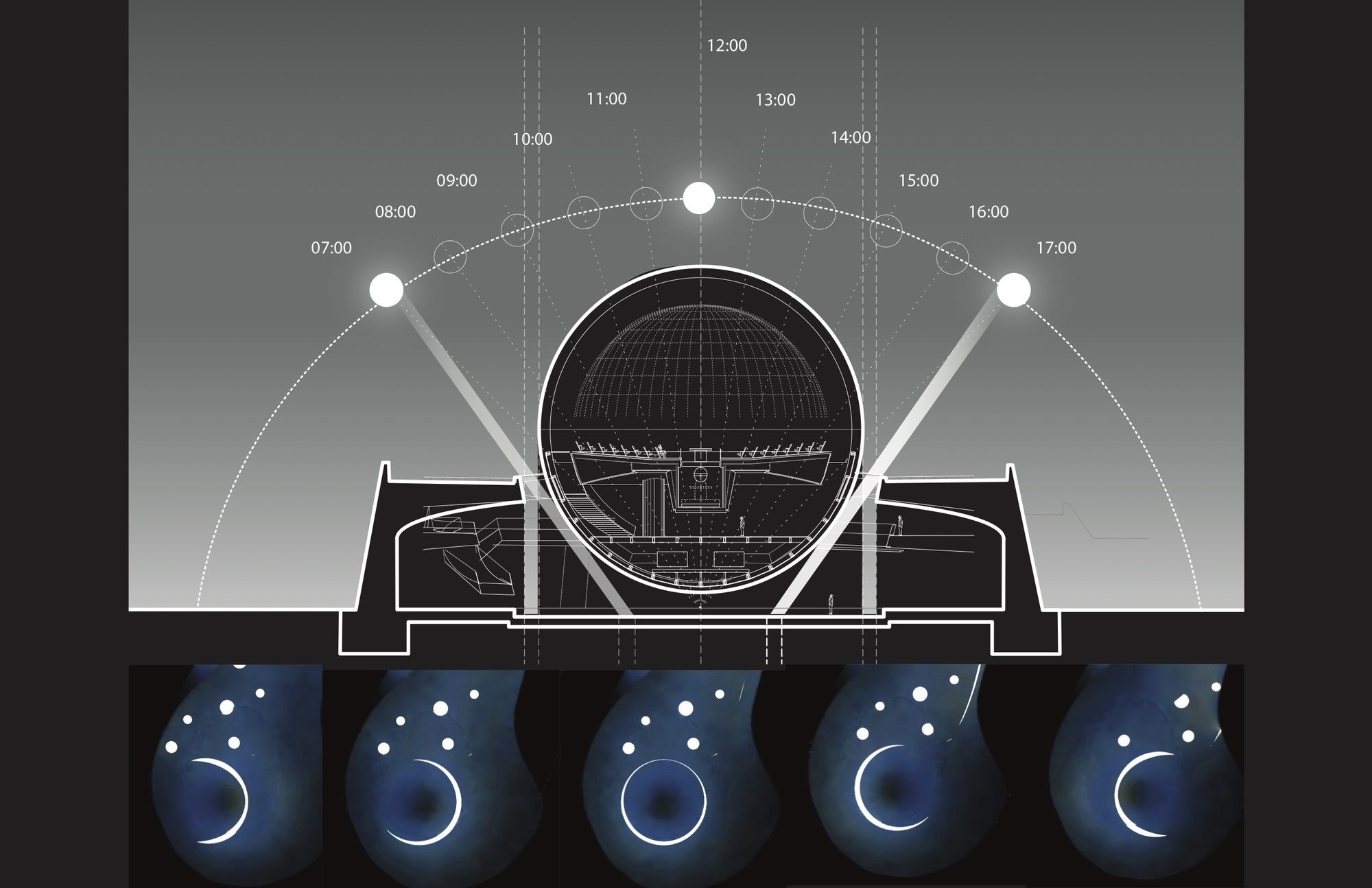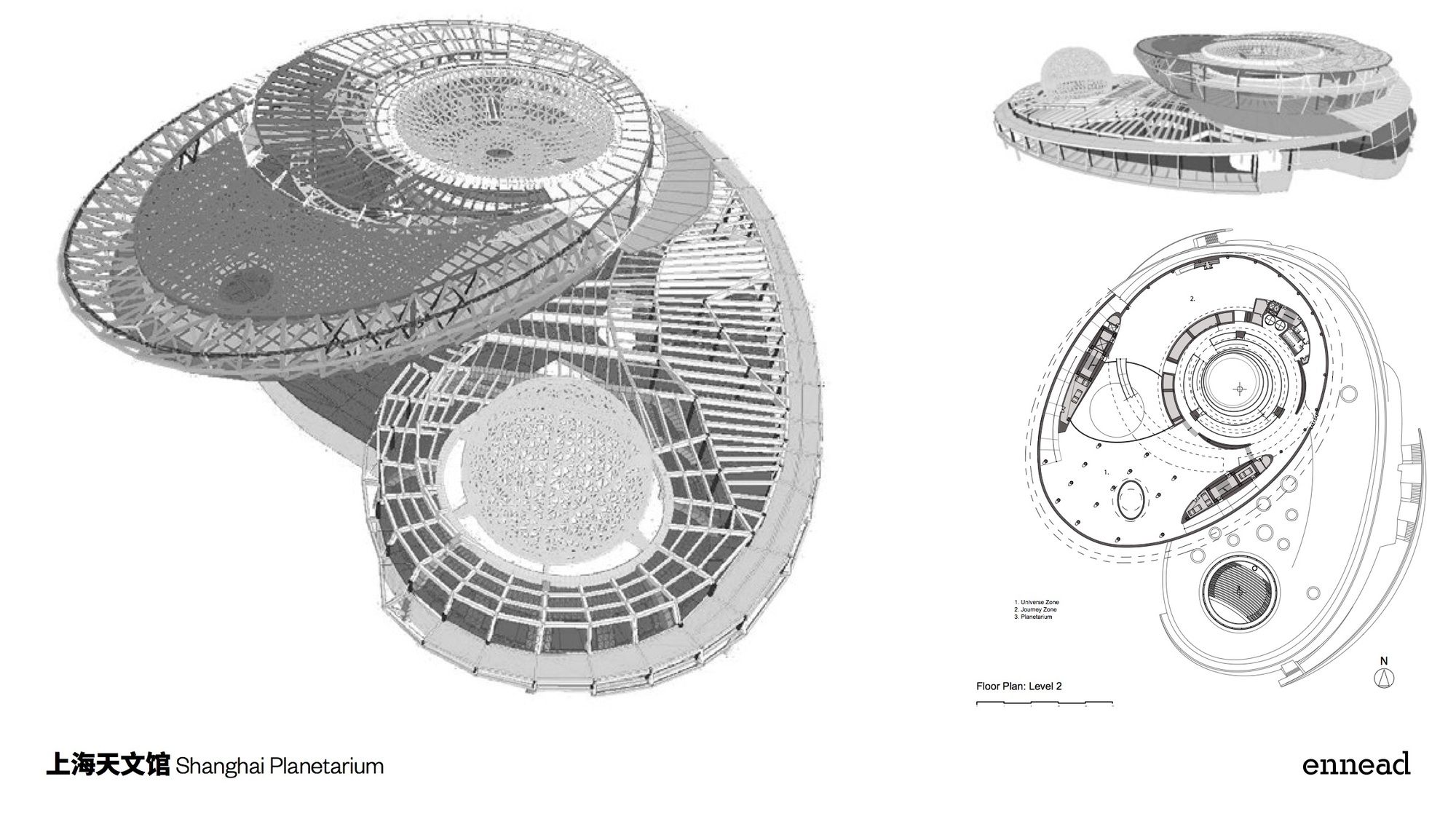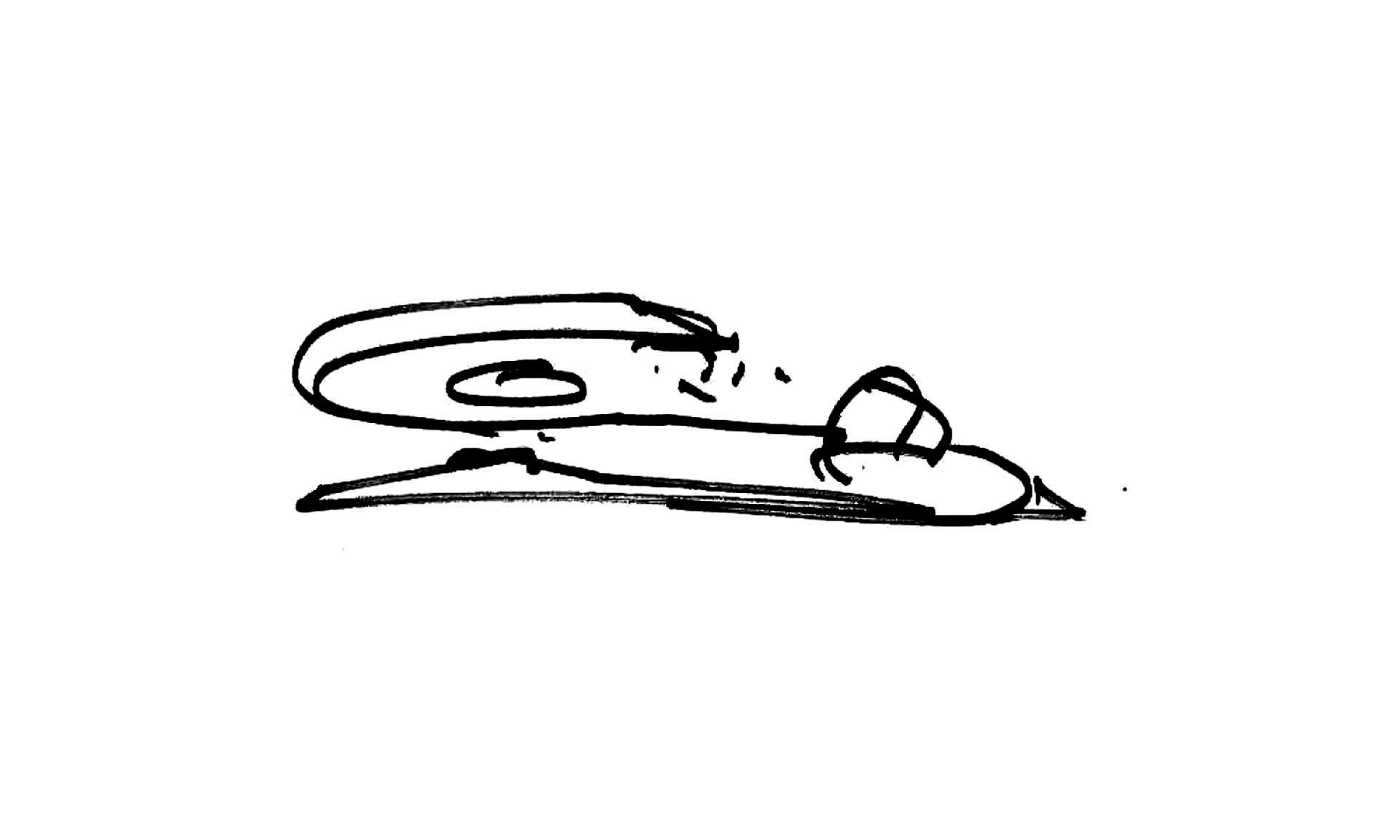Shanghai Planetarium
Ennead Architects have won the international competition for the building of Shanghai’s Planetary, with a design whose architectural vocabulary makes clear and bold references to elements that come from planetary lore. Spheres emulating or making reference to celestial bodies such as stars and planets or curves akin to the “arms” of galaxies from the endless abyss that lies beyond the atmosphere of our beautiful blue dot are some of the expressive resources employed by Ennead Architects to approach this design.
In the words of the architects themselves, “Drawing inspiration from astronomical principles, our design strategy provides a platform for the experience of orbital motion, and utilizes that as a metaphorical reference and generator of form”
“Three ‘celestial bodies’ comprise the architecture: the Oculus, the Inverted Dome, and the Sphere. Suspended above the main entry to the Museum, the Oculus demonstrates the passage of time by tracking a circle of sunlight on the ground across the entry plaza and reflecting pool. The Inverted Dome, which facilitates an authentic experience of both day and night sky, sits atop the central atrium around which all galleries are organized and through which all visitors pass.”
“Finally the Sphere contains the domed screen of the Planetarium; a continuous skylight around the Sphere allows direct sunlight to enter and marks the passage of time in the Museum below, with a full circular ring of light realized at the noon hour of the summer solstice.”
The eagerness of Man to discern meaning from the stars is almost biologically determined. To look at the stars occupied vast amounts of time in the lives of the generations that preceded the last few ones; the history of the species is fruitfully populated, as far as we can remember, with drawings of the skies, the gods and the effects the stars above have on our lives.
And as it seems, when contemporary architecture attempts to mediate such a timeless relation, suddenly the most perennial archetypes come into play. The sun watch that is the Oculus, for example, or the light ring that forms around the Sphere on the summer solstice are two examples of such an interaction – despite the fact that, when compared to the architecture of the Egyptians or of the Mayans, contemporary, global architects are almost simpletons in regards to understanding meaning and manipulating space in function of the stars.
Anyway, in this case the reference the shapes make to celestial bodies has the justification of function – an observatory is a fair place to use the sphere. And the way that this abstract geometry of shape interacts with the function itself makes this project almost a particular case of contemporary, post-capitalist architecture. It is as if the connection between the shape’s abstraction, it’s sinuosities and their absolute definition of the project align themselves very coherently with programmatic requirements (observing the heavens), with the lore and the “contemporary mythology of the heavens” (galaxies, planets, black holes and orbits) as well as with the archetypal need for gazing into the Cosmos, materialized in a place of exception within the city.
And, looking at the above plan, it is almost if the Architects not only had in mind the needs and experience of the users, but also of the “eye above”, the eye of the “Great Architect”. It is almost as if this composition was made to be seen from space. Was it?
Competition:Shanghai Planetarium
Award: First Prize
Architects: Ennead Architects
Location: Lin Gang Da Dao, Pudong Xinqu, Shanghai Shi, China
Area: 409028.0 ft2
Project Year :2018
Photographs: Thomas Wong / Ennead Architects
By: Daniel Fraga
Designed by Ennead Architects
Designed by Ennead Architects
Designed by Ennead Architects
Designed by Ennead Architects
Designed by Ennead Architects
Designed by Ennead Architects
Designed by Ennead Architects
Designed by Ennead Architects
Designed by Ennead Architects
Designed by Ennead Architects
Designed by Ennead Architects


